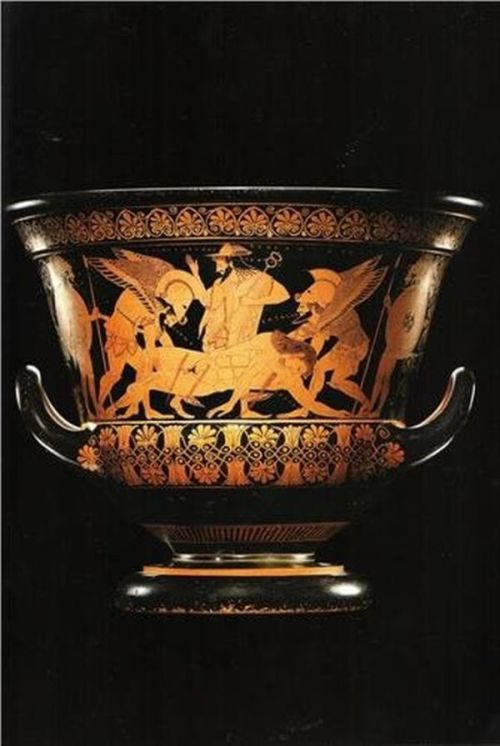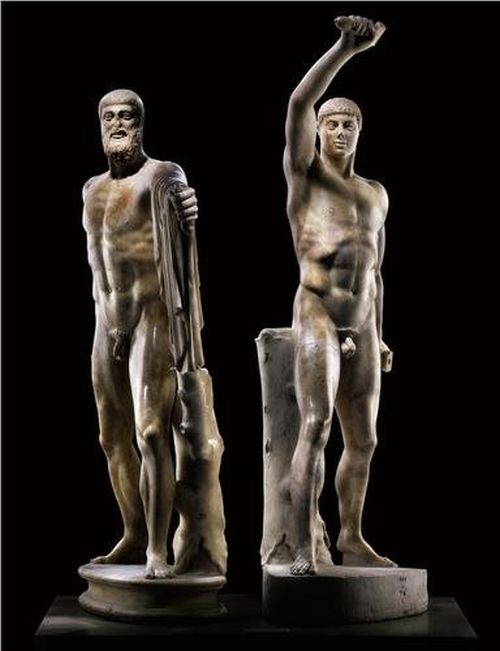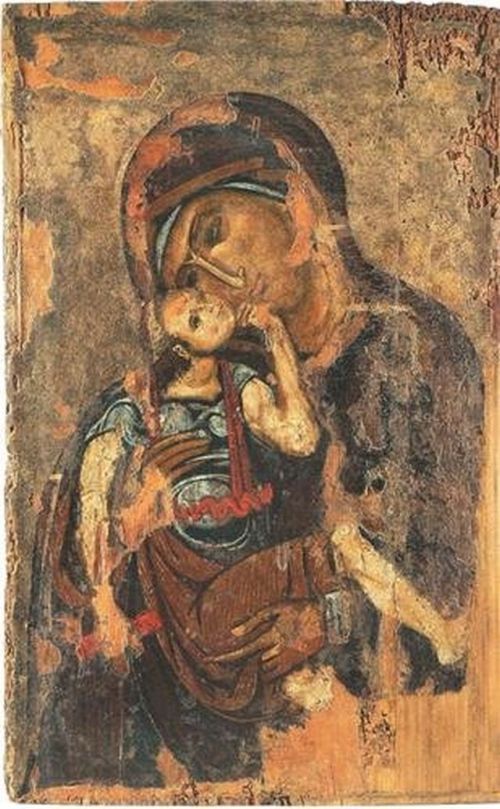The marble "Tyrant slayer statue", symbol of democracy. Photos: http://www.tovima.gr
"The common destiny of Greece and Italy", the two countries that "shaped the past and the present of the western world", is the theme of a new exhibition which will open on 28th August at the NationalArchaeologicalMuseum.
"The carefully selected ancient and more recent works of art that will be presented at the exhibition reveal the general cultural dynamics of the two countries, which determined, shaped and characterized what we now call European culture. The present exhibition aims to reveal this common European destiny of Greece and Italy celebrating the restless spirit, creative power and continuous mutual influence of the two countries and the spirit of cooperation and solidarity, which must accompany the relations between the peoples of United Europe", states the museum’s message.
The exhibition was first presented at the Quirinale Presidential Palace in Rome, and now in Athens it will continue until 31st October.
The exhibits, 23 in number, cover a period of 4,500 years, from the Cycladic civilization in the third millennium BC through to Greece and Italy in the 20th century.
The three major prehistoric civilizations are presented which developed in the Aegean region - Cycladic, Minoan and Mycenaean. Iconic works from the late 6th century BC, such as the girl from the Acropolis, the cup of Euphronios and the marble relief Pensive Athena, follow the development of Greek thought and aesthetics to its classical perfection.

The cup of Euphronios
Other works are eloquent testimony to the flourishing of trade in antiques and the collecting of works of art, both in ancient times and today. In this "sensitive" area Greece and Italy are leaders in the fight against the illicit trade in antiquities and the return of stolen cultural properties to their homeland. The supreme value left by Greek civilization through the ages, democracy, is shown by the marble "Tyrant slayer statues" which rightly occupy a key place in the exhibition as a symbol of the fight against tyranny, at the same time being the first monument of a political nature, erected in a public place in Europe.

The "Tyrant slayer statue"
The icon of the Mother of God Glykophilousa (Sweet kissing) with its human and loving gesture, as well as the Rossano Gospels, the oldest gospels containing painted icons, lead us to the salvage aspect of Christianity that created a bridge between the ancient Greco-Roman culture and the new era.

Mother of God Glykophilousa (Sweet kissing)
The achievements of the Byzantine art, the Venetian Renaissance and the Roman mannerism are represented in the paintings of Doménikos Theotokópoulos, better known as El Greco, and of Mattia Preti, and the elements of classical antiquity and of Byzantine arts are transformed into the individual style of creative explorations of artists from 20 century, such as Giani and Cadorin, Moralis and Partenis.
The exhibition is organized with the support of the Presidencies of Italy and Greece, as well as of the ministries of foreign affairs and culture of both countries.
Scientific advisers to the exhibition are Maria Andreadaki-Vlazaki, chief of the Ancient Monuments and Cultural Heritage Department and Louis Godard, presidential adviser on the protection of cultural heritage. Coordinator and curator of the exhibition is George Kakavas, director of the National Archaeological Museum.
The masterpieces exhibited come from the National Archaeological Museum, the New Acropolis Museum, the Archaeological Museum in Heraklion, the Byzantine Christian Museum, the National Art Gallery, the Capitoline Museums - Centrale Montemartini, the National Etruscan Museum of Villa Giulia, the National Roman Museum - Palazzo Altemps, the National Gallery of Ancient Art, Palazzo Corsini, the National Archaeological Museum in Naples, the National Archaeological Museum in Reggio and the National Archaeological Museum in Taranto.
The exhibition is accompanied by a catalogue in Greek and English version, published by the Fund for archaeological resources.
* Opening of the exhibition: Wednesday, 27th August.
Duration of the exhibition: from 28th August to 31st October, 2014
Opening hours: Monday-Sunday: 08:00 - 20:00.